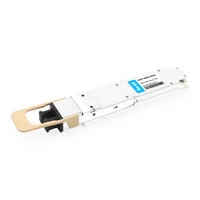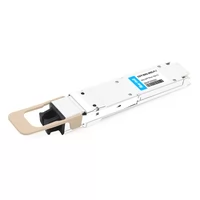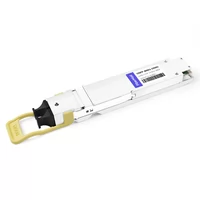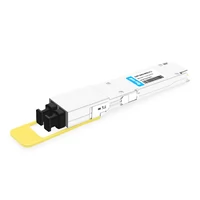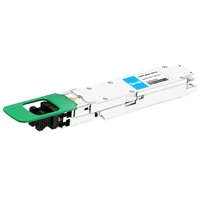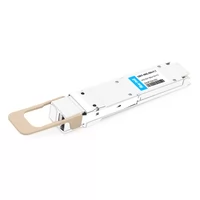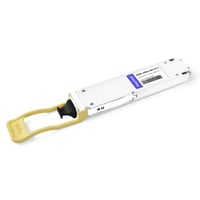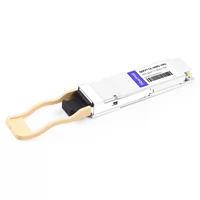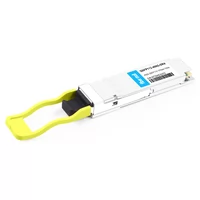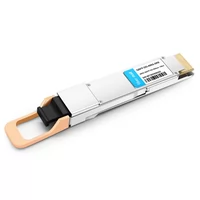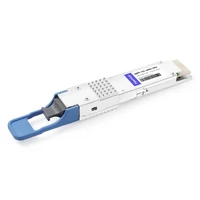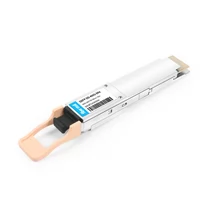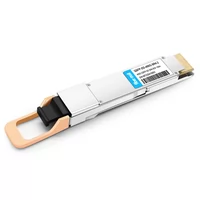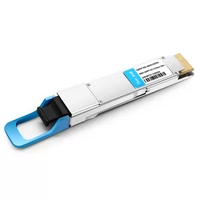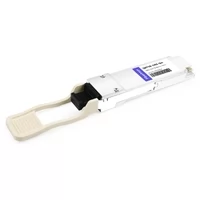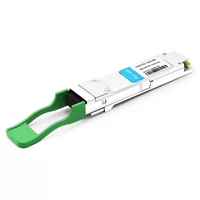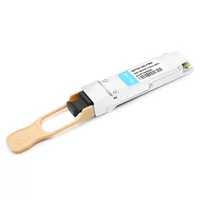In the world of fiber optic communications, optical transceiver modules play a pivotal role as interfaces that convert electrical signals to optical signals and vice versa. If you’re dealing with data centers, telecommunications, or AI networking, grasping the key parameters of an optical transceiver module is essential. This blog post dives deep into the technical specifications that define these modules, helping engineers, network administrators, and tech enthusiasts optimize their systems. Whether you’re selecting an optical transceiver module for short-range multimode applications or long-haul coherent transmission, understanding these parameters ensures reliability and performance.
We’ll cover everything from physical form factors to spectral characteristics, modulation formats, power levels, and noise metrics. By the end, you’ll have a solid foundation to evaluate and implement optical transceiver modules effectively. Let’s get started.
Table of Contents
ToggleWhat is an Optical Transceiver Module?
An optical transceiver module, often simply called an optical module, acts as a signal conversion interface in fiber optic networks. It transforms high volumes of electrical signals into optical signals for transmission over fiber cables, or reverses the process at the receiving end. Think of it like a Type-C to USB adapter in everyday tech—its core function is seamless conversion between electrical and optical domains. The “optical” emphasis highlights the complexity of handling light signals, which require precise engineering to maintain integrity over distances.
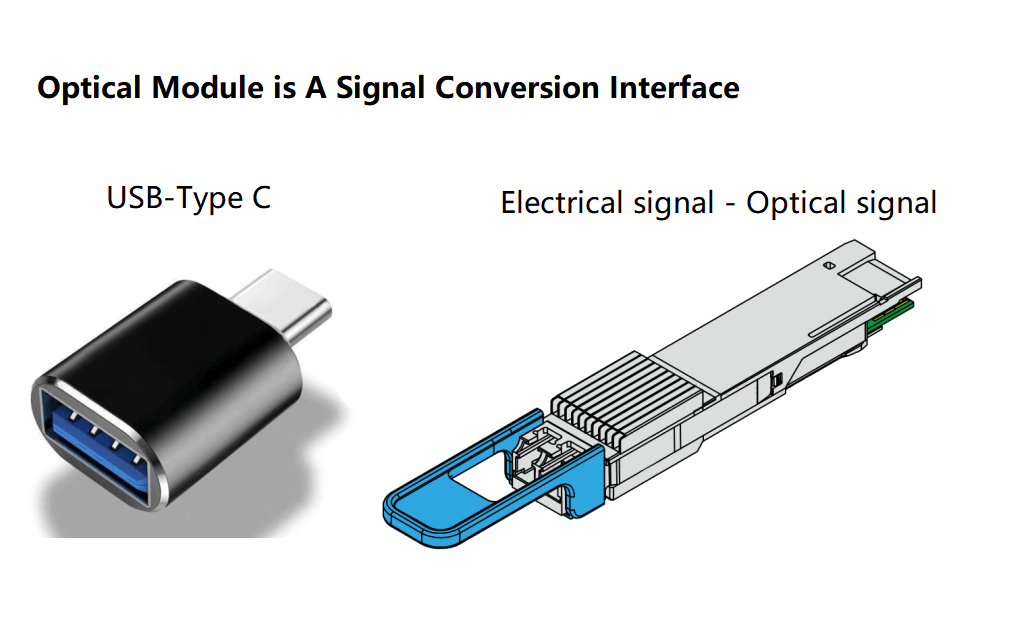
When you pick up an optical transceiver module, several parameters need to be defined to ensure compatibility and efficiency. These include physical dimensions, interface types, spectral properties, modulation schemes, signal rates, power characteristics, and noise levels.
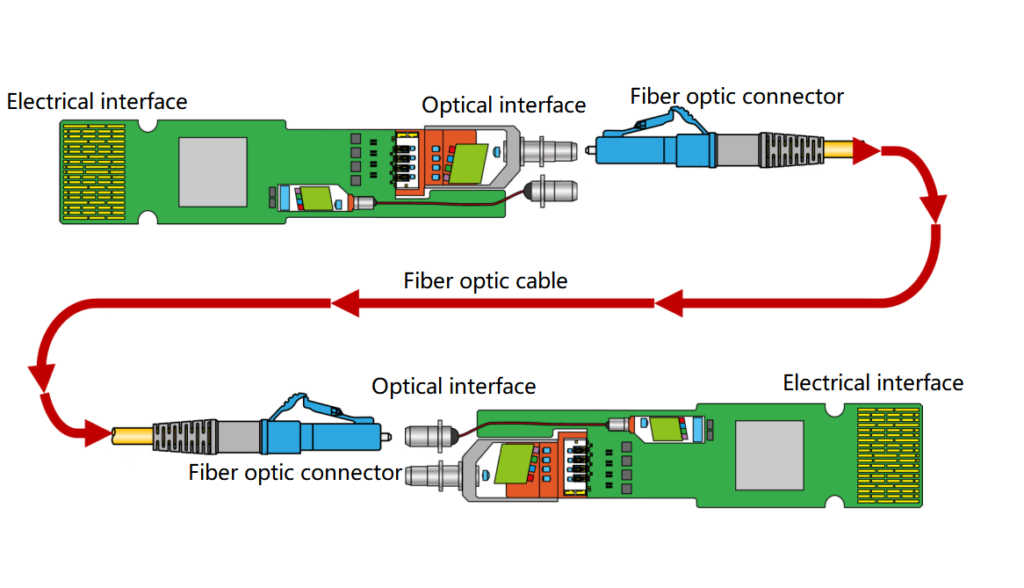
Standards bodies like IEEE and MSA (Multi-Source Agreement) define these to allow interoperability across manufacturers. For instance, an optical transceiver module from one vendor should fit and function in equipment from another, much like USB standards.
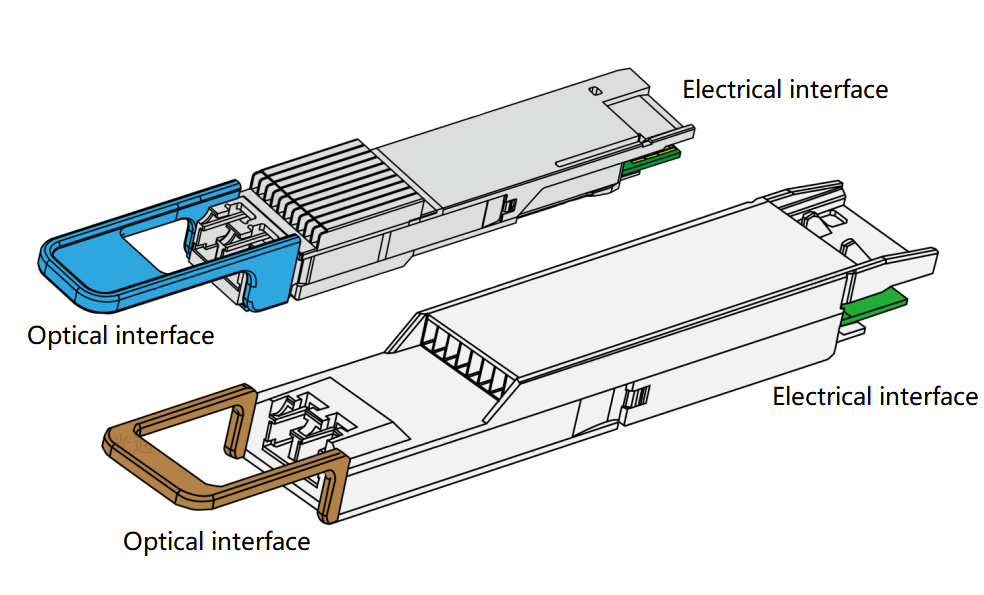
Physical Form Factors and Structures of Optical Transceiver Modules
The external structure of an optical transceiver module is crucial for integration. Standards specify length, width, height, and slot positions, ensuring plug-and-play compatibility. Common form factors include SFP (Small Form-factor Pluggable), QSFP (Quad Small Form-factor Pluggable), and OSFP (Octal Small Form-factor Pluggable). Mentioning a type like QSFP-DD instantly implies its dimensions and electrical/optical interfaces.
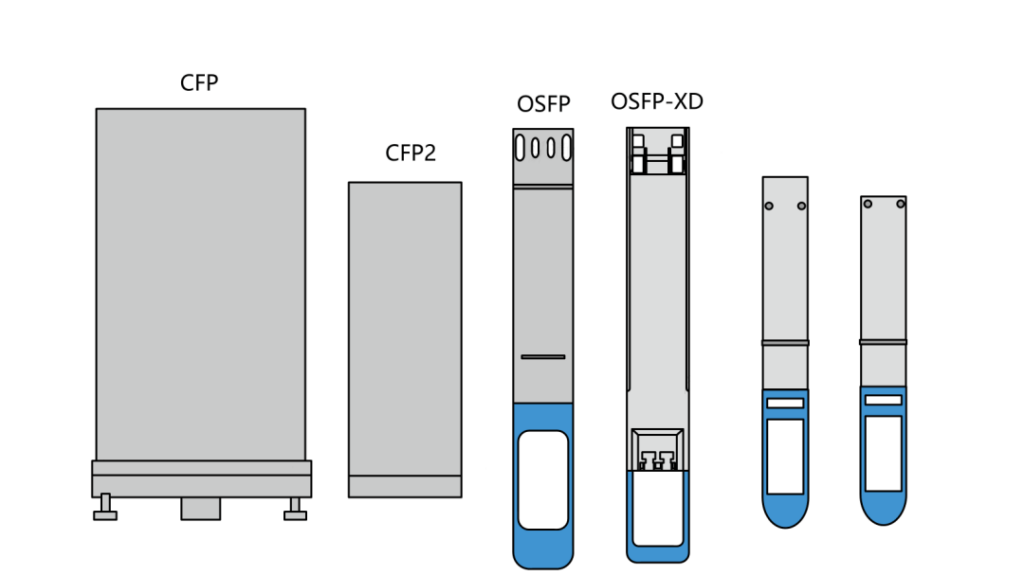
Some optical transceiver modules, such as coherent ones, are larger to accommodate complex components like DSP chips and lasers.
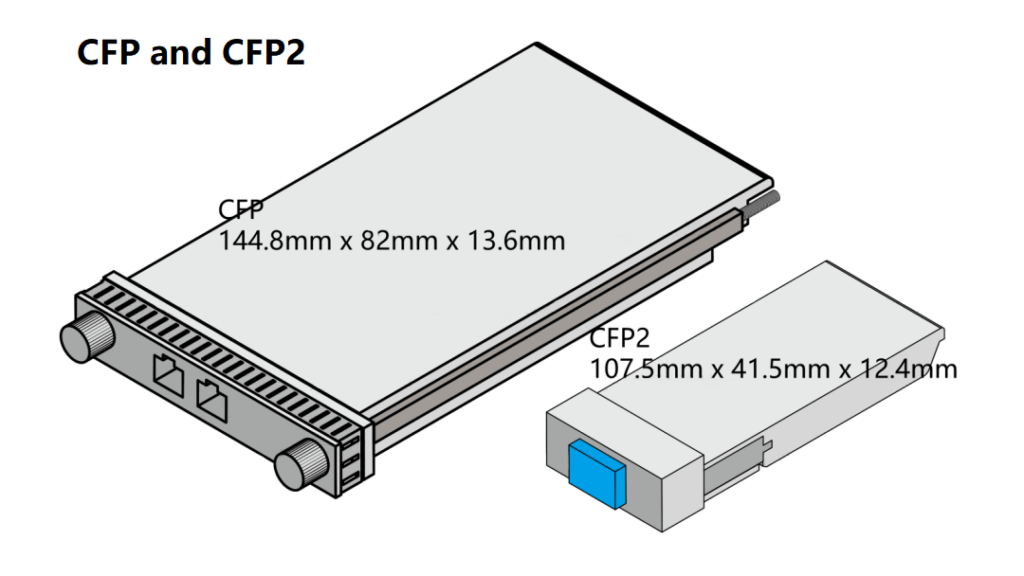
Others are miniaturized for high-density applications in switches, where space is limited. This allows more modules per chassis, boosting overall bandwidth density. Similar to USB versions (1.0 vs. 3.0), form factors may look alike but differ in internal capacity—e.g., a 100G vs. 400G optical transceiver module in the same QSFP shell.
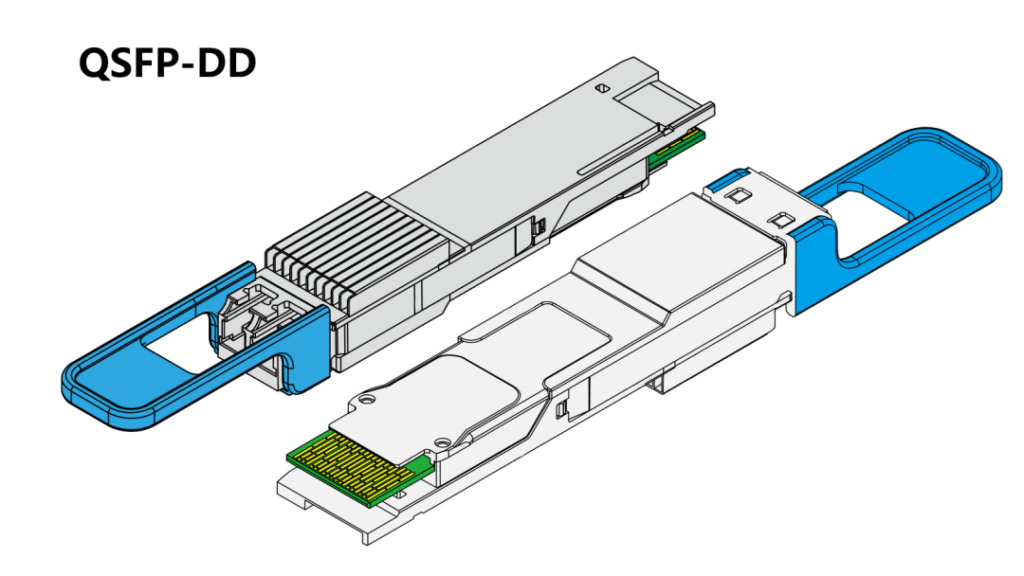
The electrical interface defines signal types and pinouts, detailed in spec sheets. Optical interfaces specify connector types (e.g., LC, MPO) and signal sequencing. These ensure the optical transceiver module mates correctly with system boards on one end and fiber cables on the other.
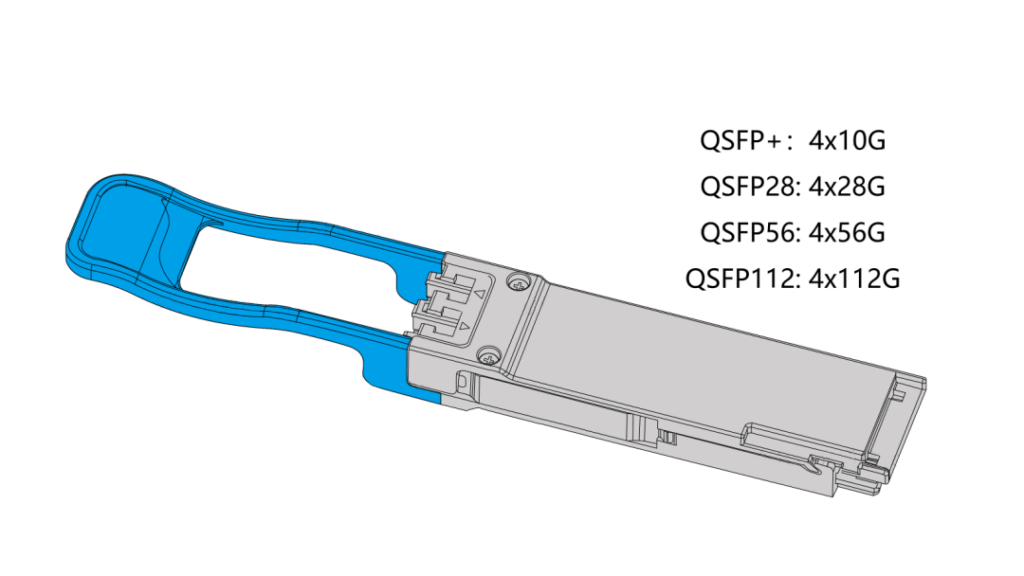
Spectral Characteristics in Optical Transceiver Modules
Light’s properties are at the heart of any optical transceiver module. Key parameters include center wavelength, spectral width, linewidth, and side-mode suppression ratio (SMSR).
Center Wavelength and Band Selection
The center wavelength determines the operational band, aligned with low-loss windows in silica fiber. Multimode optical transceiver modules often use 850nm, leveraging cost-effective VCSEL (Vertical-Cavity Surface-Emitting Laser) sources. VCSELs are suited for short wavelengths, making them ideal for data centers. Research is ongoing for single-mode VCSELs at 1060nm to expand applications.
For single-mode, 1310nm is common in data centers and AI networks, with parallel transmission or CWDM4 (Coarse Wavelength Division Multiplexing) using four wavelengths for higher capacity. 5G fronthaul adds CWDM6, incorporating 1351nm and 1371nm alongside CWDM4 bands.
In DCI (Data Center Interconnect) and metro networks, LWDM (LAN WDM) wavelengths are preferred. Long-haul systems use C-band (1530-1565nm), C+ , or C+L for DWDM (Dense WDM) to maximize capacity. PON (Passive Optical Network) access uses 2-6 wavelengths for bidirectional single-fiber transmission, minimizing costs by using one fiber per household.
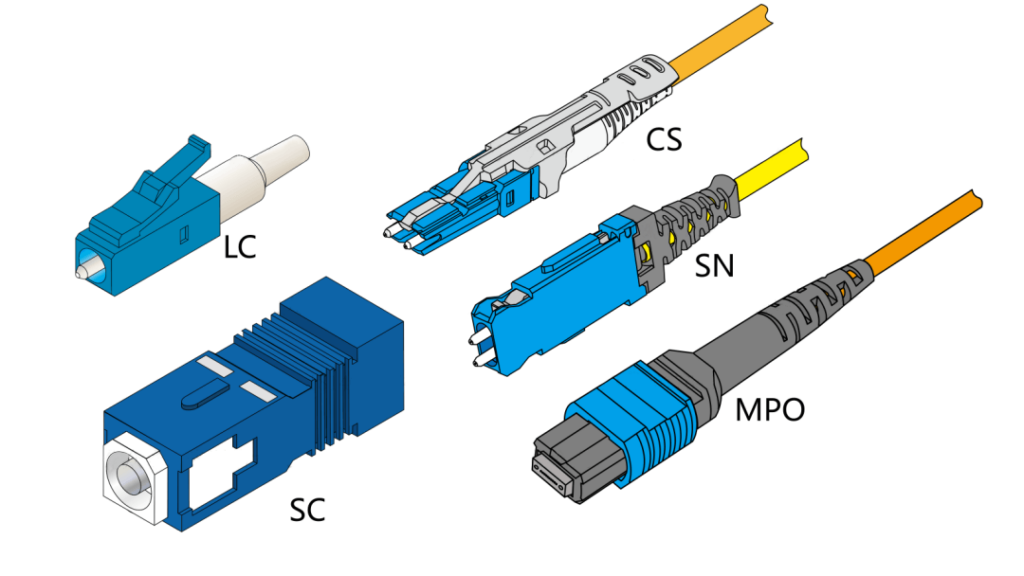
Spectral Width, Linewidth, and Drift
Wavelength isn’t fixed; it drifts around the center. Spectral width constraints this, defined as -3dB (half-power) or -20dB (1% power) bandwidth. DFB (Distributed Feedback) lasers in optical transceiver modules use -20dB width.
In coherent systems, linewidth (related to frequency stability) is key, convertible to spectral width. Wavelength and frequency are interchangeable via c = λf.
Side-Mode Suppression Ratio (SMSR)
For single-mode operation, SMSR measures the main mode’s power over the strongest side mode. A minimum of 30dB means the main mode is 1000 times stronger; 40dB+ is ideal. High SMSR ensures clean signals in optical transceiver modules, reducing interference.
Modulation Formats in Optical Transceiver Modules
Modulation dictates how data is encoded onto light. Common formats enhance efficiency in optical transceiver modules.
NRZ (Non-Return-to-Zero) is binary—0 or 1—prevalent in low-speed modules. For high-speed Ethernet (200G+), PAM4 (Pulse Amplitude Modulation 4-level) uses four levels (0-3), doubling bits per symbol compared to NRZ.
Coherent optical transceiver modules employ DP-QPSK (Dual-Polarization Quadrature Phase Shift Keying), equivalent to four NRZ streams via polarization and phase multiplexing. Advanced 400G modules use DP-16QAM, packing eight NRZ equivalents for superior spectral efficiency.
Signal Rates: Baud Rate and Bit Rate
Baud rate (symbols/second, e.g., GBd) and bit rate (bps) relate via modulation. Standards tie them: a 25GBd NRZ yields 25Gbps, but PAM4 at 25GBd gives 50Gbps. In optical transceiver modules, these define throughput, crucial for matching network speeds.
Transmitter Power Parameters in Optical Transceiver Modules
Transmitter (Tx) output is characterized by average power (Pavg), extinction ratio (ER), and optical modulation amplitude (OMA).
- Pavg: Average of max and min signal powers.
- ER: Ratio of max to min power (in dB).
- OMA: Difference between max and min powers.
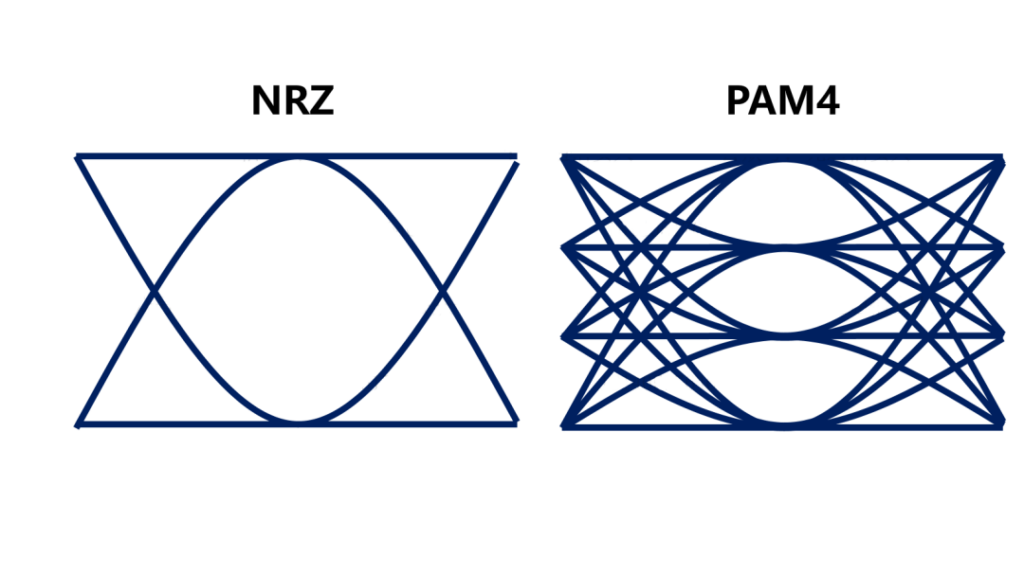
Specs set min/max limits. Too low power causes errors post-transmission; too high triggers nonlinearity, distortion, or receiver overload. Balanced power ensures optimal performance in optical transceiver modules.
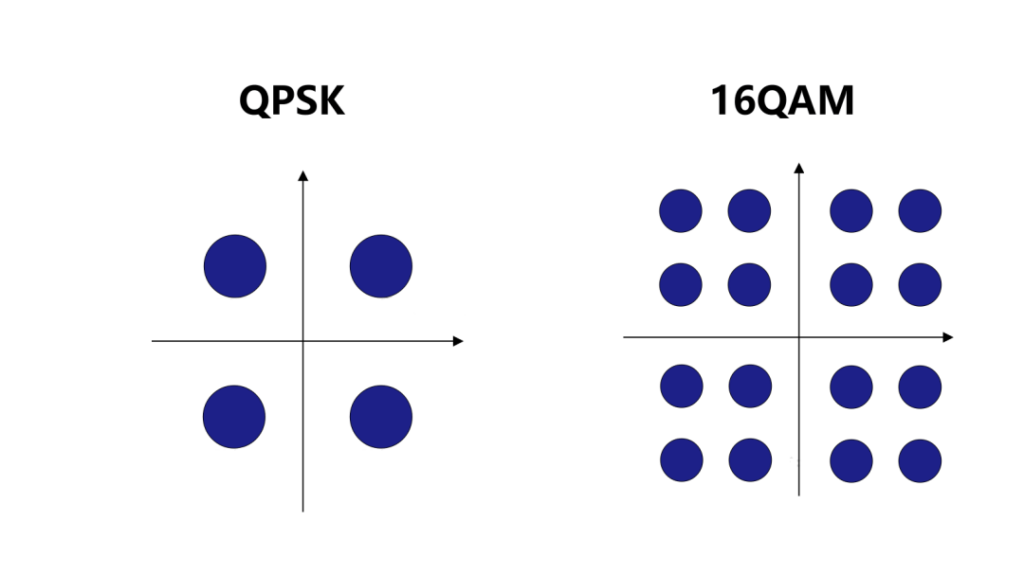
Receiver Parameters: Sensitivity and Saturation
Receiver (Rx) handles incoming light. Sensitivity is the minimum power for acceptable bit error rate (BER)—below it, errors spike. Saturation is the maximum—above it, overload occurs.
The “bathtub curve” plots BER vs. power: a flat bottom between sensitivity and saturation indicates the working range. In optical transceiver modules, this ensures reliable operation.
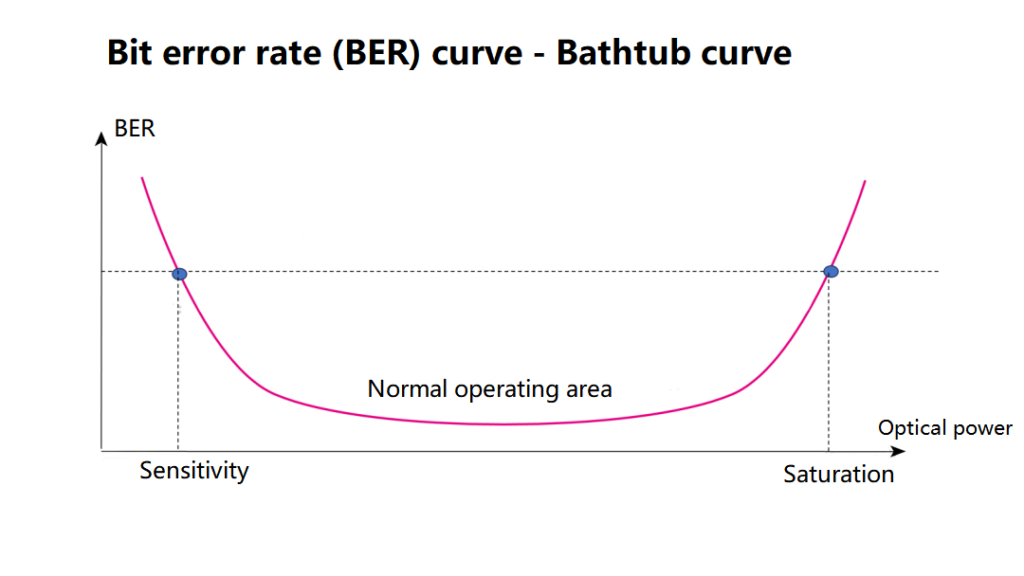
Bit Error Rate (BER) in Optical Transceiver Modules
BER measures errors per bits transmitted. Ideal is zero, but practical thresholds are set:
- Post-FEC (Forward Error Correction): ~10^-12 (one error per trillion bits), user-perceptible.
- Pre-FEC: Higher, e.g., 2×10^-3, corrected by FEC to post-FEC levels.
Specs define pre-FEC thresholds for optical transceiver modules with FEC.
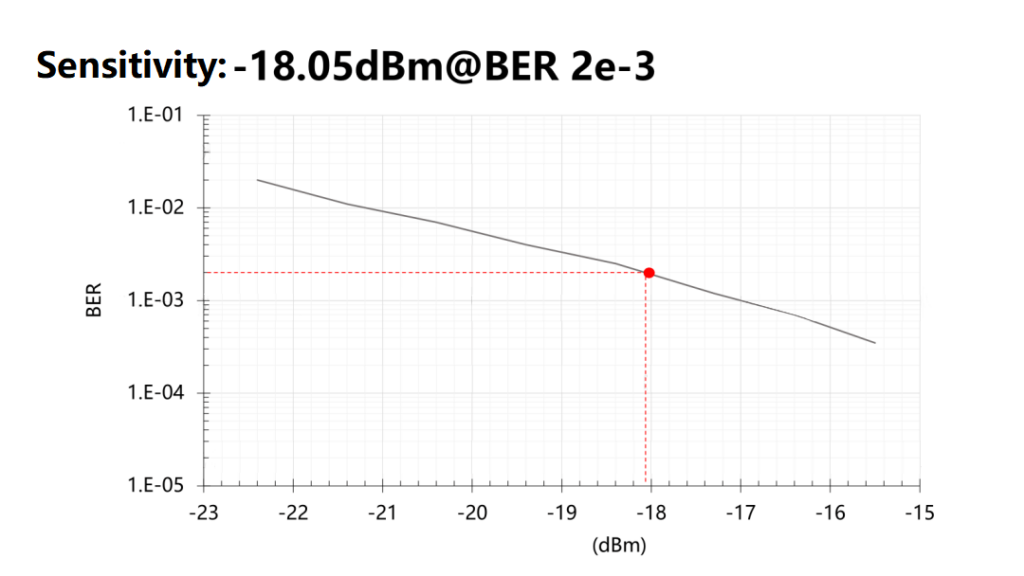
Signal Noise Metrics: TDEC, TDECQ, and RIN
Signal quality ties to signal-to-noise ratio (SNR). In optical transceiver modules, noise is quantified via:
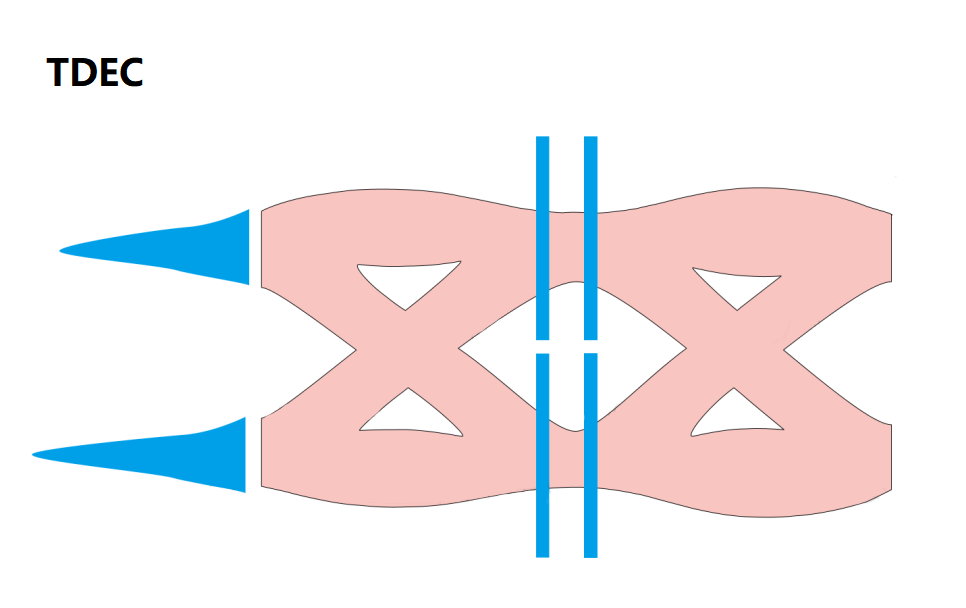
- TDEC (Transmitter Dispersion Eye Closure): For NRZ, measures eye closure due to noise/dispersion; lower is better.
- TDECQ: PAM4 equivalent; minimizes for clean eyes.
- RIN (Relative Intensity Noise): Noise power relative to signal; essentially 1/SNR.
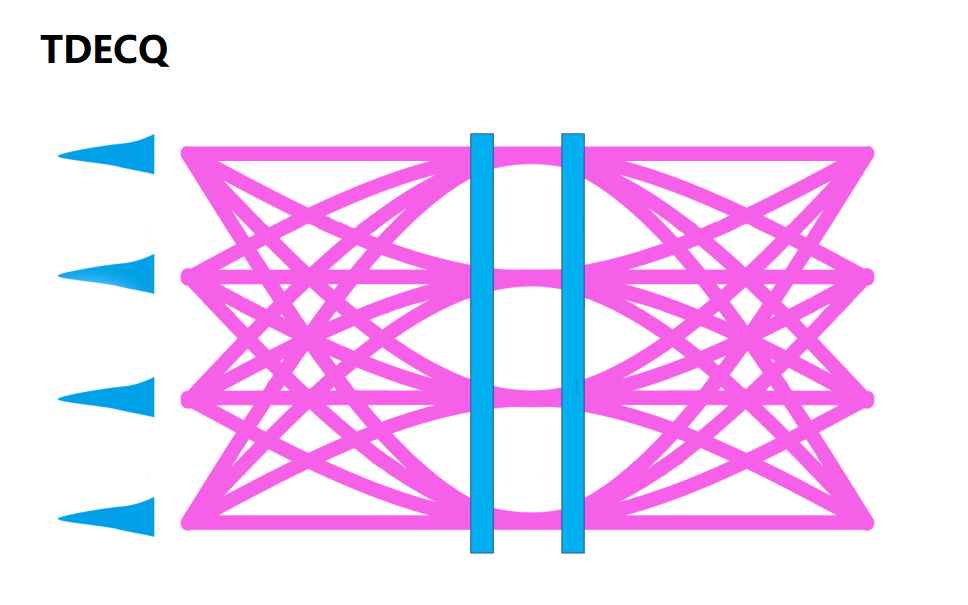
These ensure high-quality transmission, combined with distance specs to fully define an optical transceiver module.
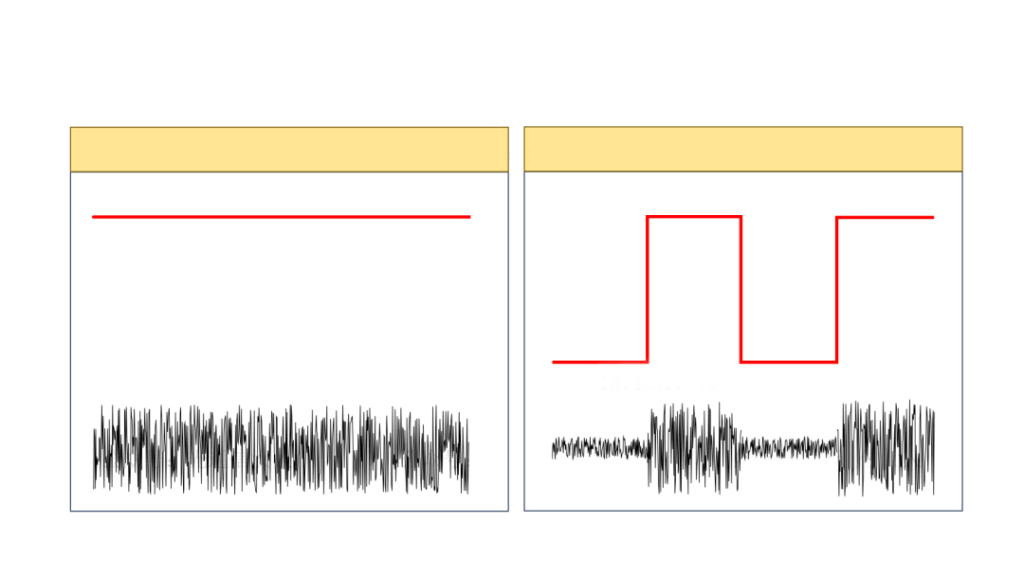
Transmission Distance and Applications
Distance integrates all parameters. Multimode optical transceiver modules suit short reaches (e.g., 100m at 850nm). Single-mode extends to km or hundreds via DWDM.
Applications vary:
- Data centers: 1310nm PSM4 or CWDM4.
- 5G: CWDM6 for fronthaul.
- DCI/Metro: LWDM/DWDM.
- Long-haul: Coherent C-band.
- PON: BiDi for access.
Choosing the right optical transceiver module optimizes cost, power, and performance.
Conclusion: Optimizing Your Optical Transceiver Module Selection
Mastering these parameters empowers better decisions for optical transceiver modules. From form factors to noise metrics, each influences system reliability. For SEO-savvy readers searching “optical transceiver module,” remember: compatibility, spectral precision, and power balance are key. If you’re upgrading networks, consult specs and standards—your throughput depends on it.
Related Products:
-
 NVIDIA MMA4Z00-NS Compatible 800Gb/s Twin-port OSFP 2x400G SR8 PAM4 850nm 100m DOM Dual MPO-12 MMF Optical Transceiver Module
$650.00
NVIDIA MMA4Z00-NS Compatible 800Gb/s Twin-port OSFP 2x400G SR8 PAM4 850nm 100m DOM Dual MPO-12 MMF Optical Transceiver Module
$650.00
-
 NVIDIA MMA4Z00-NS-FLT Compatible 800Gb/s Twin-port OSFP 2x400G SR8 PAM4 850nm 100m DOM Dual MPO-12 MMF Optical Transceiver Module
$650.00
NVIDIA MMA4Z00-NS-FLT Compatible 800Gb/s Twin-port OSFP 2x400G SR8 PAM4 850nm 100m DOM Dual MPO-12 MMF Optical Transceiver Module
$650.00
-
 NVIDIA MMS4X00-NM Compatible 800Gb/s Twin-port OSFP 2x400G PAM4 1310nm 500m DOM Dual MTP/MPO-12 SMF Optical Transceiver Module
$900.00
NVIDIA MMS4X00-NM Compatible 800Gb/s Twin-port OSFP 2x400G PAM4 1310nm 500m DOM Dual MTP/MPO-12 SMF Optical Transceiver Module
$900.00
-
 NVIDIA MMS4X00-NM-FLT Compatible 800G Twin-port OSFP 2x400G Flat Top PAM4 1310nm 500m DOM Dual MTP/MPO-12 SMF Optical Transceiver Module
$1199.00
NVIDIA MMS4X00-NM-FLT Compatible 800G Twin-port OSFP 2x400G Flat Top PAM4 1310nm 500m DOM Dual MTP/MPO-12 SMF Optical Transceiver Module
$1199.00
-
 NVIDIA MMS4X50-NM Compatible OSFP 2x400G FR4 PAM4 1310nm 2km DOM Dual Duplex LC SMF Optical Transceiver Module
$1200.00
NVIDIA MMS4X50-NM Compatible OSFP 2x400G FR4 PAM4 1310nm 2km DOM Dual Duplex LC SMF Optical Transceiver Module
$1200.00
-
 NVIDIA MMA4Z00-NS400 Compatible 400G OSFP SR4 Flat Top PAM4 850nm 30m on OM3/50m on OM4 MTP/MPO-12 Multimode FEC Optical Transceiver Module
$550.00
NVIDIA MMA4Z00-NS400 Compatible 400G OSFP SR4 Flat Top PAM4 850nm 30m on OM3/50m on OM4 MTP/MPO-12 Multimode FEC Optical Transceiver Module
$550.00
-
 NVIDIA MMS4X00-NS400 Compatible 400G OSFP DR4 Flat Top PAM4 1310nm MTP/MPO-12 500m SMF FEC Optical Transceiver Module
$700.00
NVIDIA MMS4X00-NS400 Compatible 400G OSFP DR4 Flat Top PAM4 1310nm MTP/MPO-12 500m SMF FEC Optical Transceiver Module
$700.00
-
 NVIDIA MMA1Z00-NS400 Compatible 400G QSFP112 VR4 PAM4 850nm 50m MTP/MPO-12 OM4 FEC Optical Transceiver Module
$550.00
NVIDIA MMA1Z00-NS400 Compatible 400G QSFP112 VR4 PAM4 850nm 50m MTP/MPO-12 OM4 FEC Optical Transceiver Module
$550.00
-
 NVIDIA MMS1Z00-NS400 Compatible 400G NDR QSFP112 DR4 PAM4 1310nm 500m MPO-12 with FEC Optical Transceiver Module
$700.00
NVIDIA MMS1Z00-NS400 Compatible 400G NDR QSFP112 DR4 PAM4 1310nm 500m MPO-12 with FEC Optical Transceiver Module
$700.00
-
 QSFP-DD-400G-SR8 400G QSFP-DD SR8 PAM4 850nm 100m MTP/MPO OM3 FEC Optical Transceiver Module
$149.00
QSFP-DD-400G-SR8 400G QSFP-DD SR8 PAM4 850nm 100m MTP/MPO OM3 FEC Optical Transceiver Module
$149.00
-
 QSFP-DD-400G-DR4 400G QSFP-DD DR4 PAM4 1310nm 500m MTP/MPO SMF FEC Optical Transceiver Module
$400.00
QSFP-DD-400G-DR4 400G QSFP-DD DR4 PAM4 1310nm 500m MTP/MPO SMF FEC Optical Transceiver Module
$400.00
-
 QSFP-DD-400G-SR4 QSFP-DD 400G SR4 PAM4 850nm 100m MTP/MPO-12 OM4 FEC Optical Transceiver Module
$450.00
QSFP-DD-400G-SR4 QSFP-DD 400G SR4 PAM4 850nm 100m MTP/MPO-12 OM4 FEC Optical Transceiver Module
$450.00
-
 QSFP-DD-400G-SR4.2 400Gb/s QSFP-DD SR4 BiDi PAM4 850nm/910nm 100m/150m OM4/OM5 MMF MPO-12 FEC Optical Transceiver Module
$900.00
QSFP-DD-400G-SR4.2 400Gb/s QSFP-DD SR4 BiDi PAM4 850nm/910nm 100m/150m OM4/OM5 MMF MPO-12 FEC Optical Transceiver Module
$900.00
-
 QSFP-DD-400G-XDR4 400G QSFP-DD XDR4 PAM4 1310nm 2km MTP/MPO-12 SMF FEC Optical Transceiver Module
$580.00
QSFP-DD-400G-XDR4 400G QSFP-DD XDR4 PAM4 1310nm 2km MTP/MPO-12 SMF FEC Optical Transceiver Module
$580.00
-
 QSFP28-100G-SR4 100G QSFP28 SR4 850nm 100m MTP/MPO MMF DDM Transceiver Module
$40.00
QSFP28-100G-SR4 100G QSFP28 SR4 850nm 100m MTP/MPO MMF DDM Transceiver Module
$40.00
-
 QSFP28-100G-IR4 100G QSFP28 IR4 1310nm (CWDM4) 2km LC SMF DDM Transceiver Module
$110.00
QSFP28-100G-IR4 100G QSFP28 IR4 1310nm (CWDM4) 2km LC SMF DDM Transceiver Module
$110.00
-
 QSFP28-100G-DR1 100G QSFP28 Single Lambda DR 1310nm 500m LC SMF with FEC DDM Optical Transceiver
$180.00
QSFP28-100G-DR1 100G QSFP28 Single Lambda DR 1310nm 500m LC SMF with FEC DDM Optical Transceiver
$180.00
-
 QSFP28-100G-PSM4 100G QSFP28 PSM4 1310nm 500m MTP/MPO SMF DDM Transceiver Module
$180.00
QSFP28-100G-PSM4 100G QSFP28 PSM4 1310nm 500m MTP/MPO SMF DDM Transceiver Module
$180.00

